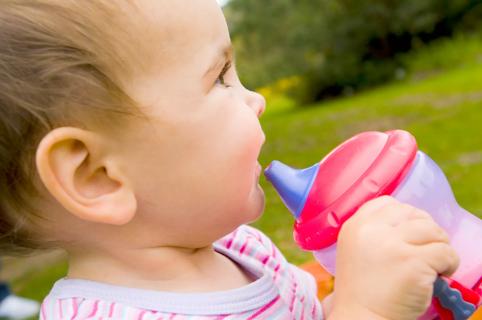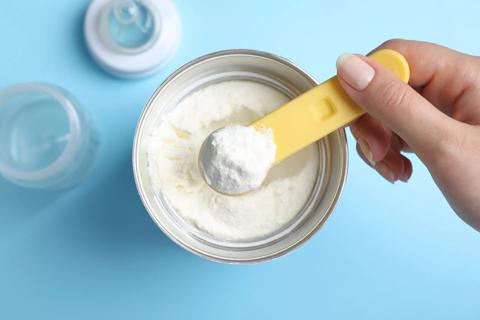
Your little one may be up and walking as early as 9 to 12 months

If your baby has problems switching between breast and bottle, talk to your provider to get to the bottom of the confusion

You may have a lower chance of getting pregnant while nursing — but it’s still possible

Staying on a pumping schedule, setting up a comfortable pumping space and having the right equipment can help
Advertisement
Cleveland Clinic is a non-profit academic medical center. Advertising on our site helps support our mission. We do not endorse non-Cleveland Clinic products or services. Policy

Hand expression follows a specific rhythmic pattern to trigger a breast milk let-down

Burping, gas drops and extra tummy time are just a few ways to help your wee one rip one

Guidelines recommend exclusively breastfeeding for baby’s first six months and continuing to provide breast milk for their first two years and beyond.

Slowly introducing cow’s milk (or soy milk) can help your child make the change

Knowing how much time your baby should typically go between naps can help keep them on a more regular schedule

When breastfeeding doesn’t go as planned, you may need to supplement with formula or donor breast milk — and that’s OK
Advertisement
Advertisement